Green architecture – College of Human Ecology at Cornell
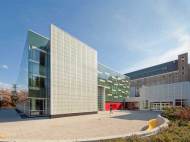 The Cornell University College of Human Ecology Building modern design blends into the surrounding natural landscape with minimal disruption to the neighboring community on Forest Home Drive. The building was built with commitment to responsible stewardship and sustainability, and it is on target to achieve LEED Gold certification with striving for LEED Platinum, the highest possible rating.
The Cornell University College of Human Ecology Building modern design blends into the surrounding natural landscape with minimal disruption to the neighboring community on Forest Home Drive. The building was built with commitment to responsible stewardship and sustainability, and it is on target to achieve LEED Gold certification with striving for LEED Platinum, the highest possible rating.
Designed by the architecture firm Gruzen Samton, the new 8,270-square-meter (89,000-square-foot) Human Ecology Building is built to promote collaboration by connecting building’s specialized labs with shared research and meeting spaces. The building is loaded with high-tech laboratories and classrooms, studios for drawing, design and fabrication, and a spacious gallery.
The students have the opportunity to examine human performance and health, ranging from nanofibers for protective clothing, 3D scans of body sizes and movements to cognitive changes in older adults and safer building materials. The building features a large wood and metal shop with such sophisticated tools as computer-driven routers, a paint room and a large assembly studio for students to construct furniture and other models they design.
It also has textile testing labs and studios for every step of the apparel design and production process. It includes a drawing studio that is filled with abundant natural light, which helps students perceive color, two more apparel studios with industrial equipment for pattern making, draping and fabrication, a computer-aided-design facility, and a lab for applying surface designs to textiles.
The new building also has a gallery where more than 9,000 garments dating from the 18th century of the Cornell Costume and Textile Collection historic treasures are going to be exhibited. Previously, the collection was tucked away, but the collection’s prominent location in the new building will raise awareness of a valuable resource for teaching and research, and it will also offer a prominent place where student projects and creations are displayed.
The glass facade allows for “daylight harvesting” to provide abundant natural light for occupants and visitors. As we mentioned in one of our articles, studies have shown natural light boosts productivity and mental health. It also lessens the demand for electrical lighting. It is built to save between 21% – 31.5% of energy compared to a baseline building of the same size. When it comes to water savings, the building saves 20% – 30% of water and there’s no need for permanent irrigation of the building’s landscaping.
The adjacent courtyard is a green roof, resting atop a three-story parking garage. It provides a natural transition from the adjacent Cornell Plantations and its stone façade and reflective windows respond to the nearby environment. Altogether, the project includes 42 different plant-types in three distinct zones (7 types of trees, 6 types of understory/shrub plants, 3 types of vines, and 26 types of herbaceous plants). 7,000 perennials and 20,000 flowering bulbs have been planted.
During the project, more than 1,050 tons of waste was diverted from disposal in landfills through recycling and reuse. 91 percent of the wood used in the project was Forest Stewardship Council (FSC) certified. A quarter of the materials was locally sourced and manufactured, and 35 percent of all materials on site is in recycled content. When it comes to furniture in the building (such as desks, bookshelves, and chairs), 60 percent of it has been salvaged and refinished from existing college inventory.
Carbon dioxide concentrations within the building are monitored by electronic sensors that automatically adjust the ventilation system when it needs to increase airflow for greater ventilation or limit airflow to unoccupied spaces. “Low emissions” carpeting, furniture, and building materials serve to improve the indoor air quality for occupants.
Preferred parking for low-emitting vehicles and an electrical vehicle charging station in the underground garage encourage reduced consumption of fossil fuels. The building also has showers and covered bike racks to encourage employees and visitors to limit the use of vehicle transport. College of Human Ecology will also run a Green Housekeeping Program and an Educational program to promote green living.

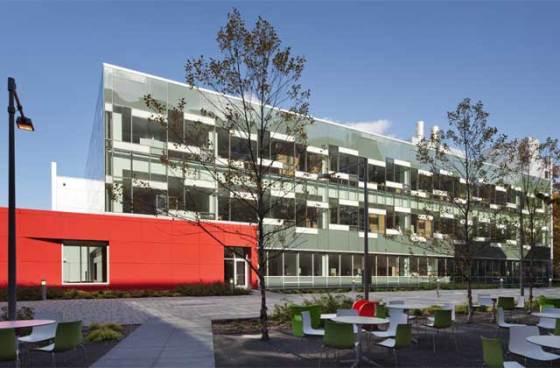
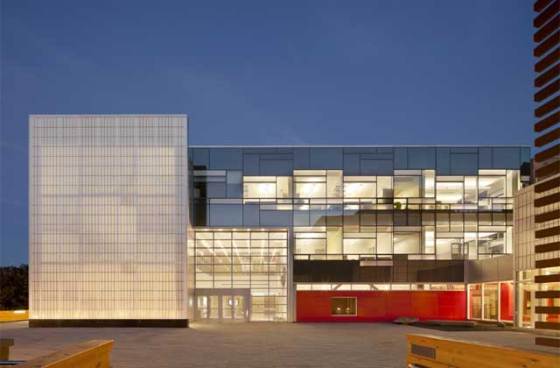
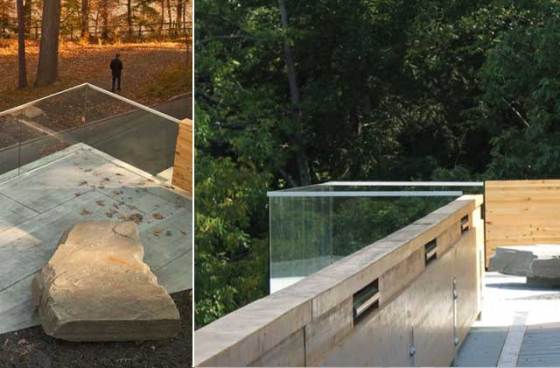
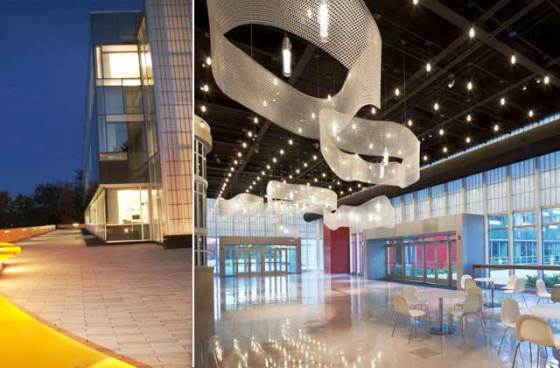
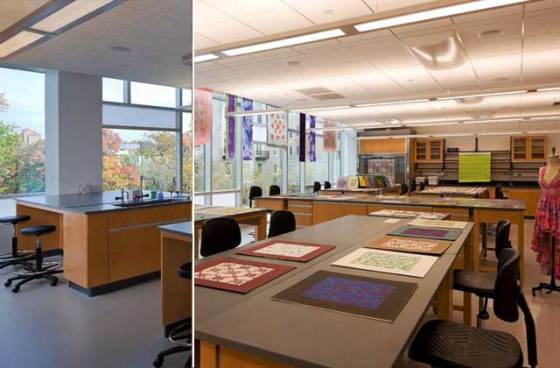








You ought to really take into consideration working on creating this blog into a significant authority in this market. You evidently have a grasp handle of the matters everyone seems to be searching for on this website anyways and you would certainly even earn a buck or two off of some advertisements. I would discover following latest matters and raising the quantity of write ups you set up and I guarantee you’d begin seeing some superb focused site visitors within the close to future. Just a thought, good luck in whatever you do!